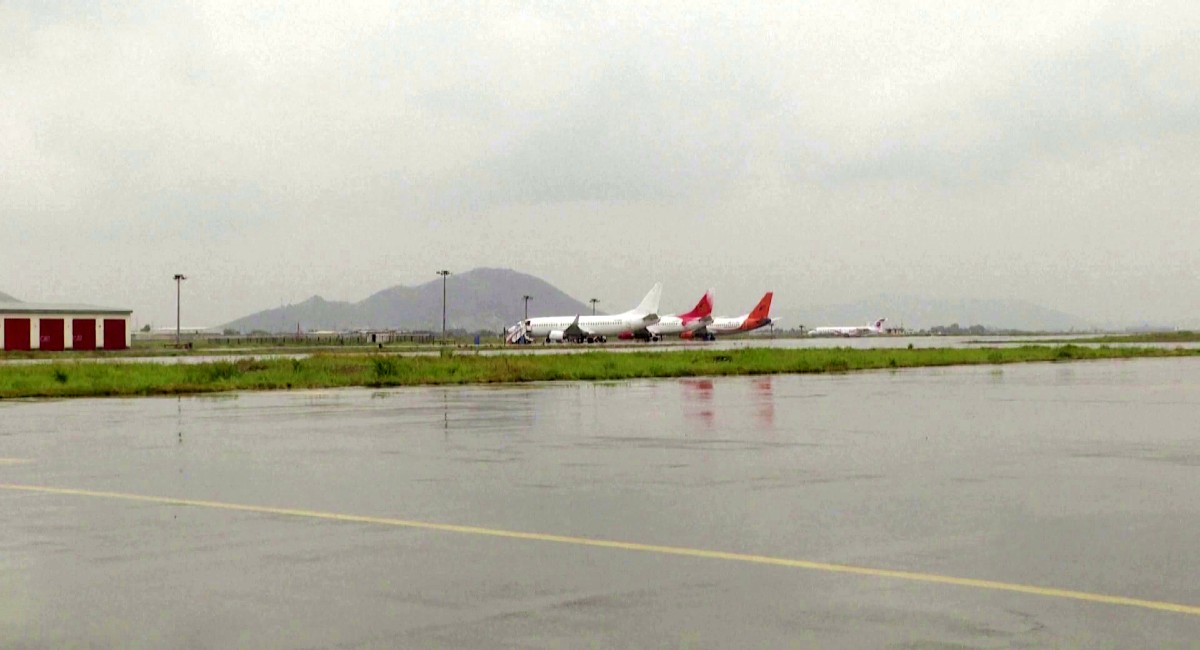After nearly two years of advising airlines to avoid flying over Afghanistan, the United States has revised its safety directives, permitting overflights at or above flight level FL320 (32,000 feet).
The US Federal Aviation Administration (FAA) issued NOTAM A009/23 on July 25, 2023, outlining the new regulations for Afghanistan overflights. The FAA indicated that it based its decision on analyses conducted by the International Civil Aviation Organization (ICAO), with input from the International Air Transport Association (IATA). This alteration comes in light of various measures implemented by the Taliban administration. The FAA has now deemed it safe to allow “US civil aviation operations in the Kabul FIR (OAKX)” to resume at altitudes equal to or greater than FL320 due to decreased risks at those levels.
This modification carries significant implications for the aviation sector. Since the abrupt withdrawal of US forces in August 2021 and the swift Taliban takeover, most international airlines have been circumventing Afghanistan airspace, leading to extended flight times for Europe-Asia routes. With the southern route gaining prominence after the closure of Russian airspace to European and North American carriers, Central Asia’s role has become even more vital.
India’s Economic Times reported that the actual resumption of flights over Afghanistan is expected to take a few weeks as protocols are developed.
However, the FAA has cautioned that the safety situation below FL320 remains precarious due to ongoing terrorist activities, limited control by Taliban forces, and the presence of weapon stockpiles scattered across the nation.
“The Taliban, ISIS–K, and other violent extremist organizations likely had and potentially maintain access to a variety of weapons, including small arms, automatic machine guns, AAA, ATGMs, and UAS, posing an ongoing risk to civil aircraft during low-altitude flight operations, including the arrival and departure phases of flight, and while on the ground at targeted airports and airfields. Possible VEO use of shoulder-fired MANPADS also remains a concern,” the FAA stated.
Due to these persistent concerns regarding low-altitude flights, a ban on the operation of US airlines, US-registered aircraft, and US-certified personnel over Afghanistan below FL320 remains in effect.
The European Union Aviation Safety Agency (EASA) suggests that airlines should avoid transiting Afghanistan airspace below FL320, but it has not discouraged flights at higher altitudes. EASA’s Conflict Zone Information Bulletins (CZIB) serve as advisory documents, and individual EU member states can impose additional restrictions on their carriers.
While the Taliban has entrusted the management of ground services, aviation security, and airspace to the UAE-based company GAC, major aviation companies have yet to initiate flights to Afghanistan.
“The economic implications for Afghanistan are substantial,” remarked Sayed Masoud, an analyst specializing in economic affairs.
Prior to the Taliban’s resurgence, Afghanistan garnered $700 from each aircraft passing through its airspace. However, this figure has dwindled to fewer than 100 flights a day from the previous 400 since the Taliban regained control.





